The Wild West wasn’t just a battleground for outlaws and settlers—it was a brutal, unforgiving landscape where animals had to fight just as hard to survive. While legends of gunslingers and gold rushes dominate the history books, the untold stories of the animals that roamed the American frontier are just as gripping—and often more heroic. From wolves outsmarting hunters to horses braving deadly stampedes and loyal dogs trekking across vast deserts to find their way home, these creatures endured the same dangers as their human counterparts, if not more.
In an era defined by lawlessness, land grabs, and extreme climates, animals were more than bystanders—they were survivors. Some were partners to pioneers, others were wild and free, but all had to navigate a world where the odds were constantly stacked against them. These 13 real-life stories reveal how fierce, resilient, and awe-inspiring animals had to be to survive the Wild West.
1. The Tale of Lobo, the King of Currumpaw
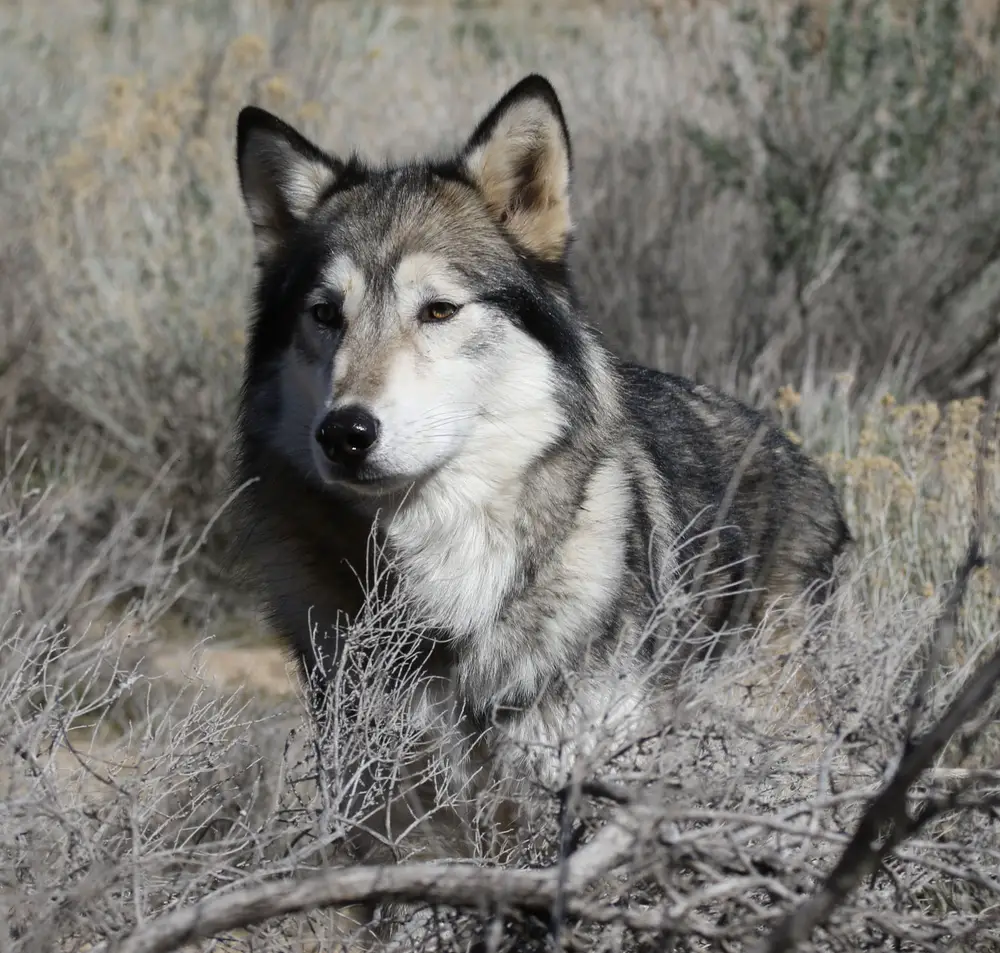
In the late 19th century, Lobo, a notorious wolf, reigned over the Currumpaw Valley in New Mexico. A master of survival, Lobo proved to be cunning and elusive, outsmarting every trap set by the best hunters of the time. His story, as outlined in the New Mexico Wildlife Federation, is a testament to the wild spirit of America’s untamed landscapes.
Lobo became a symbol of resistance against human encroachment, and his legend grew with each failed attempt to capture him. Eventually, it was the love for his mate, Blanca, that led to Lobo’s downfall. The wolf’s story inspired many conservation efforts, reminding us of the complex relationship between man and nature. His legacy lives on, a ghostly howl in the winds of the Wild West.
2. The Battle of the Bighorn Sheep
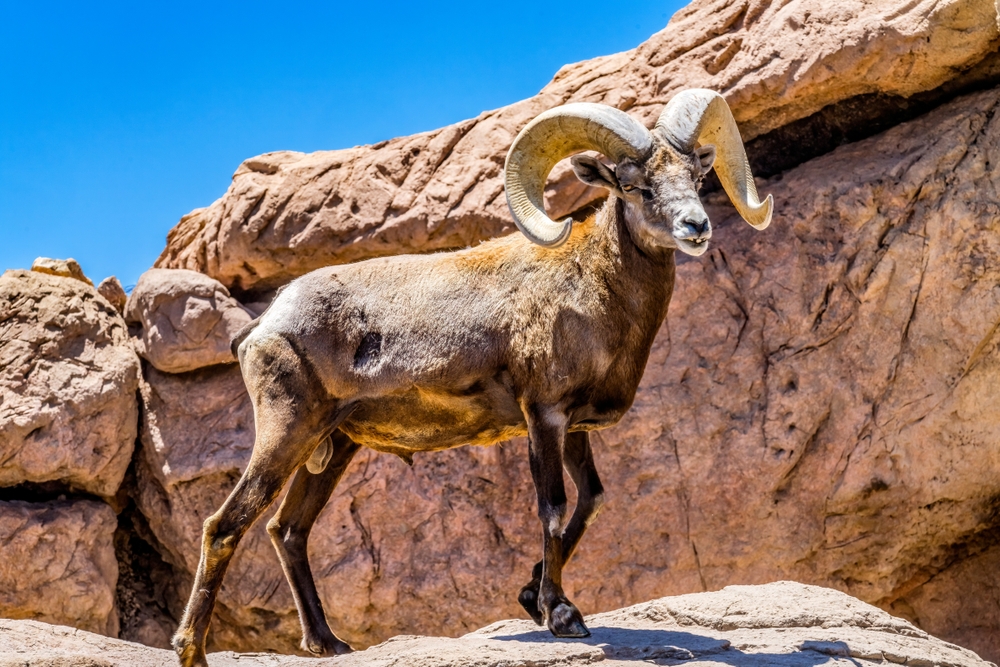
Among the jagged cliffs of Colorado, the bighorn sheep found solace and challenge. Known for their breathtaking agility and strength, they could navigate the most precarious cliffs with ease. Their curved horns, a symbol of dominance, were their tools for survival in both battles and courtships. These sheep were a true marvel of the Wild West.
While their battles might seem purely physical, their survival told a deeper story of adaptation and resilience. In a landscape as beautiful as it was unforgiving, the bighorn sheep thrived, often eluding predators with their sheer strength and nimbleness. Their story is a reminder of the raw beauty and harsh realities of life in the wild. Today, they remain a celebrated icon of the American wilderness.
3. The Remarkable Roadrunner

The roadrunner, famed for its speed and cunning, darted through the desert landscapes of the Wild West with unmatched flair. This bird, immortalized in pop culture, was more than just a comedic figure; it was a master of desert survival. With the ability to run at speeds of up to 20 miles per hour, it outpaced its predators with ease. The American Bird Conservancy details how this bird managed to thrive where many could not.
Its diet was as varied as its habitat, from insects to small reptiles, ensuring its adaptability. Roadrunners were also known for their unique camaraderie, often working in pairs to defend their territory. Their presence added an element of intrigue to the vast deserts of America. Agile and astute, the roadrunner symbolizes the tenacity embedded in the Wild West.
4. The Prairie Dog Towns
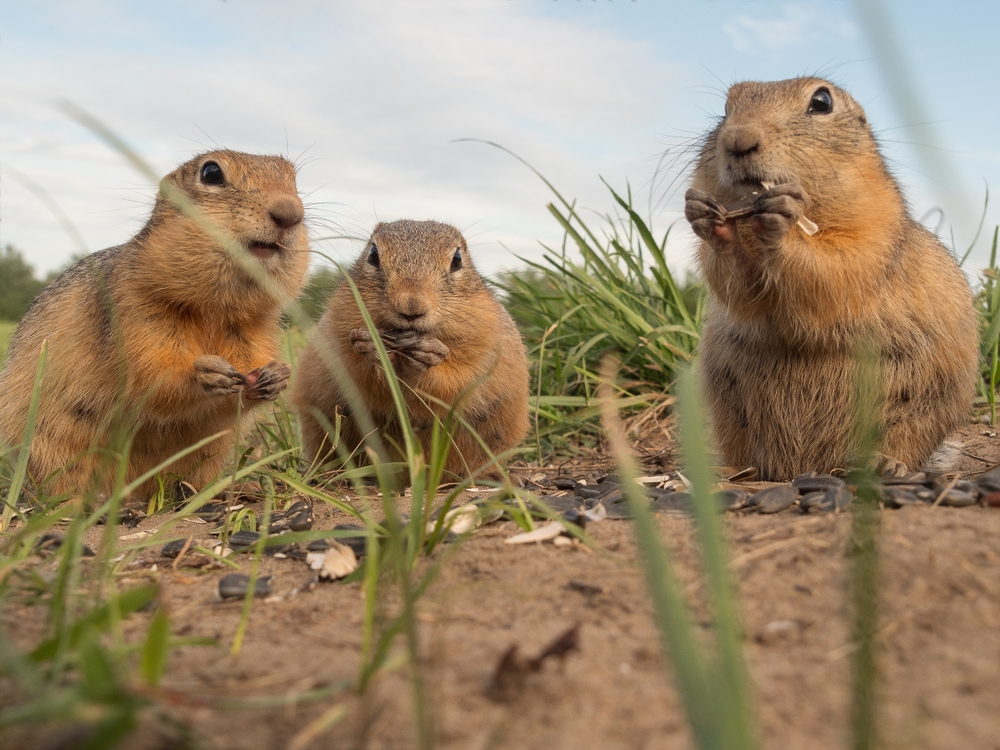
Beneath the waving grasses of the American plains, prairie dogs thrived in their complex underground towns. These small, social creatures were the architects of some of the most intricate burrow systems known to wildlife. Their colonies could span hundreds of acres, connecting a vast network of tunnels. Each burrow provided safety from predators and harsh weather, proving a strategic masterstroke in survival.
Their social structure was equally sophisticated, with sentinels always on guard and a communication system that rivaled any early telegraph. The survival of prairie dog towns was not without challenges, as human expansion threatened their existence. Yet, their resilient nature and ability to adapt have allowed many colonies to endure. Their story is a chapter of the Wild West that underscores community and cooperation.
5. The Legend of Old Ephraim
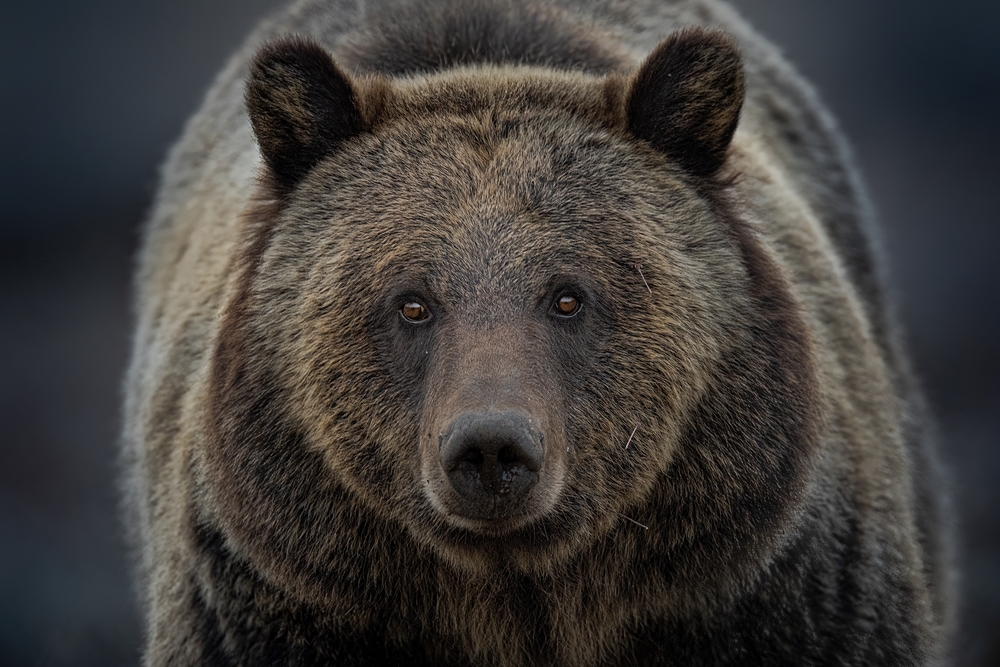
Old Ephraim was a grizzly bear who roamed the Cache National Forest in Utah, leaving a notable impression on the land and its people. His story, as noted by Utah State University, is one of both fear and fascination. This colossal bear, measuring close to ten feet when standing, was a figure of awe and trepidation. For years, he eluded capture, outsmarting traps and hunters with his sheer might and intelligence.
Old Ephraim’s presence was a reminder of the power and unpredictability of nature. His eventual capture and death marked the end of an era in the region. However, the tales of his encounters lingered on, becoming part of local folklore. Old Ephraim symbolized the formidable wildness that defined the American West.
6. The Resilient Rattlesnake
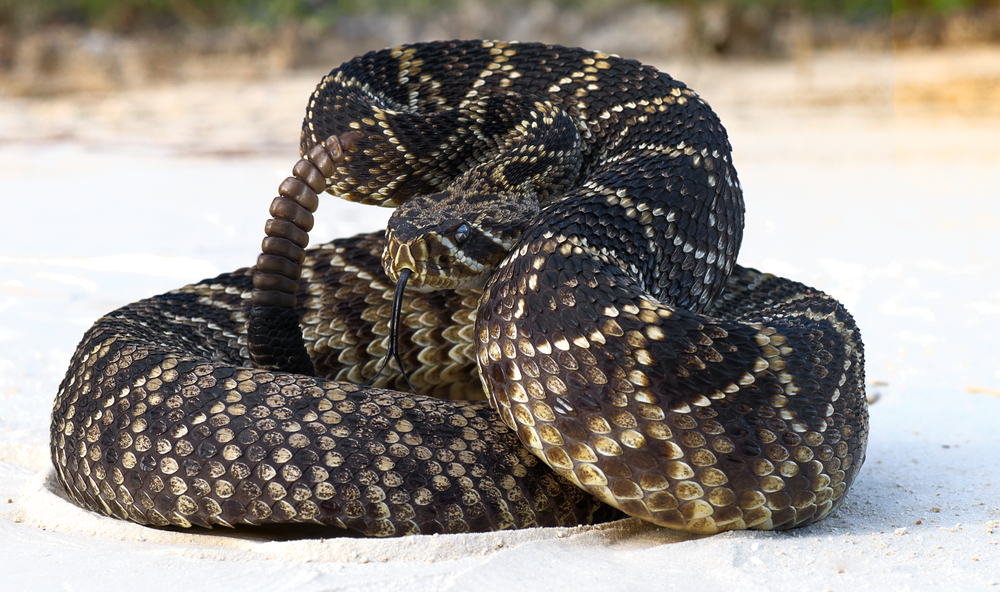
In the arid landscapes of the Wild West, rattlesnakes became masters of adaptation and survival. Their iconic rattle, a warning to anyone who dared come too close, was as much a part of the landscape as the desert sand. These serpents demonstrated incredible resilience, thriving in some of the harshest environments on the continent.
Rattlesnakes played a critical role in the ecosystem, controlling rodent populations and maintaining balance. Despite their fearsome reputation, they were a vital piece of the natural puzzle, embodying the tenacity required to survive the Wild West. Their story is one of survival through adaptation, a testament to nature’s ingenuity.
7. The Mysterious Mountain Lions
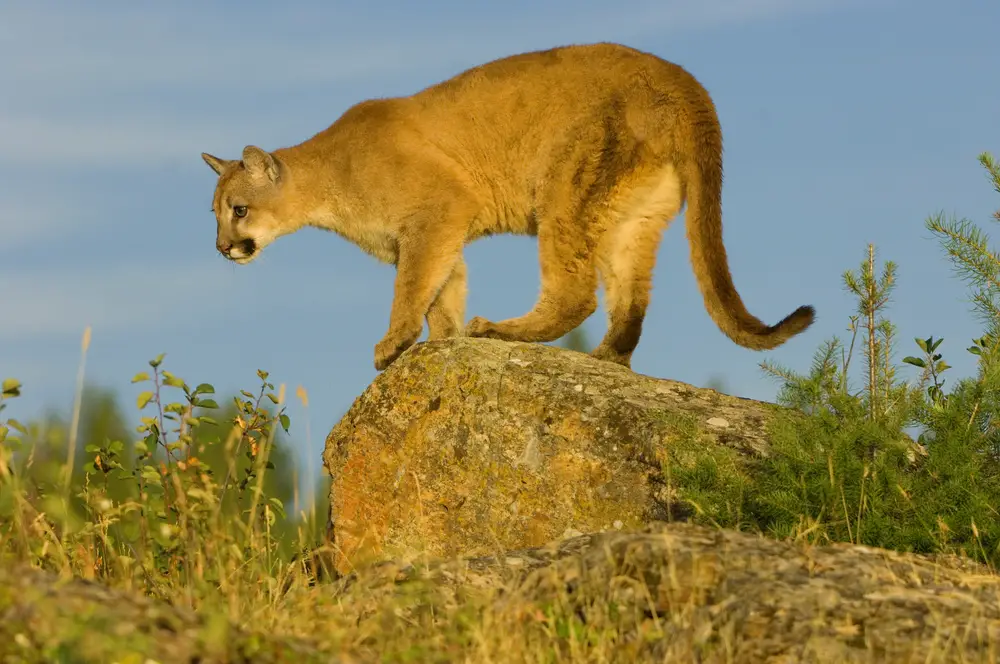
In the rugged terrains of the Wild West, mountain lions dominated as apex predators, their stealth and power unmatched. These solitary creatures were the silent rulers of the mountains, their presence often felt but rarely seen. Their survival strategy relied on their ability to move silently and strike with unmatched precision.
Mountain lions adapted to a diverse range of habitats, from dense forests to open deserts, showcasing their incredible versatility. Their elusive nature and prowess made them a symbol of the mysterious and untamed wilderness. They remind us of the unseen forces that shape the natural world, embodying the spirit of the Wild West.
8. The Unyielding Mustangs
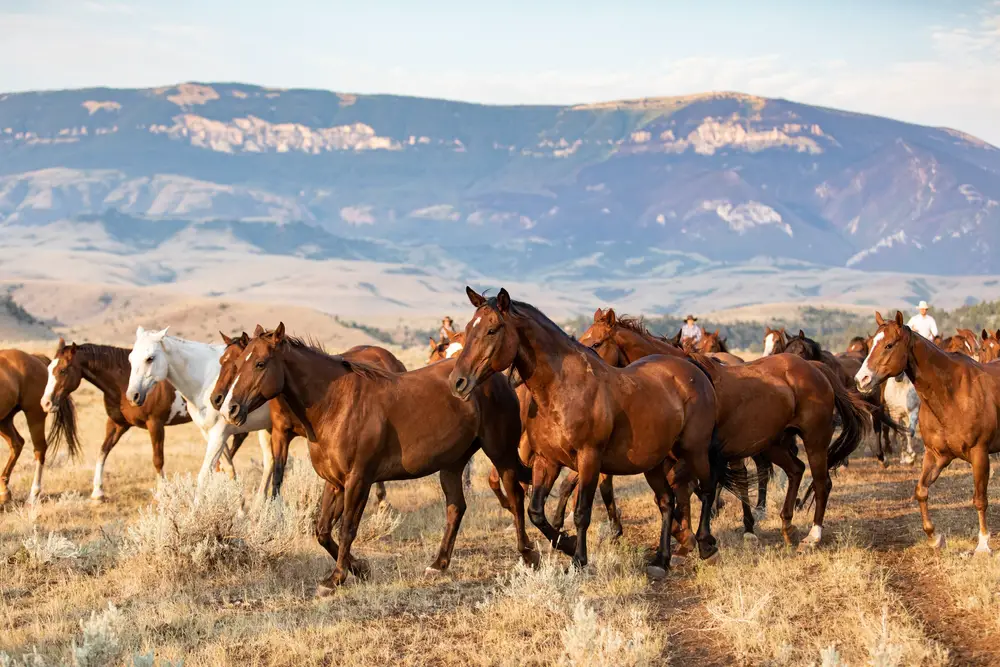
Mustangs, the free-roaming horses of the American West, became symbols of freedom and resilience. Descendants of horses brought by Spanish explorers, they quickly adapted to the vast landscapes of the West. Their survival was a testament to their strength, endurance, and unyielding spirit.
These horses navigated the challenges of the wild, from scarce water to harsh weather, with remarkable tenacity. Mustangs became an integral part of the cultural tapestry of the West, representing the untamed spirit of the land. Their story is one of adaptation and survival against the odds, a living legacy of the Wild West.
9. The Tenacious Coyotes
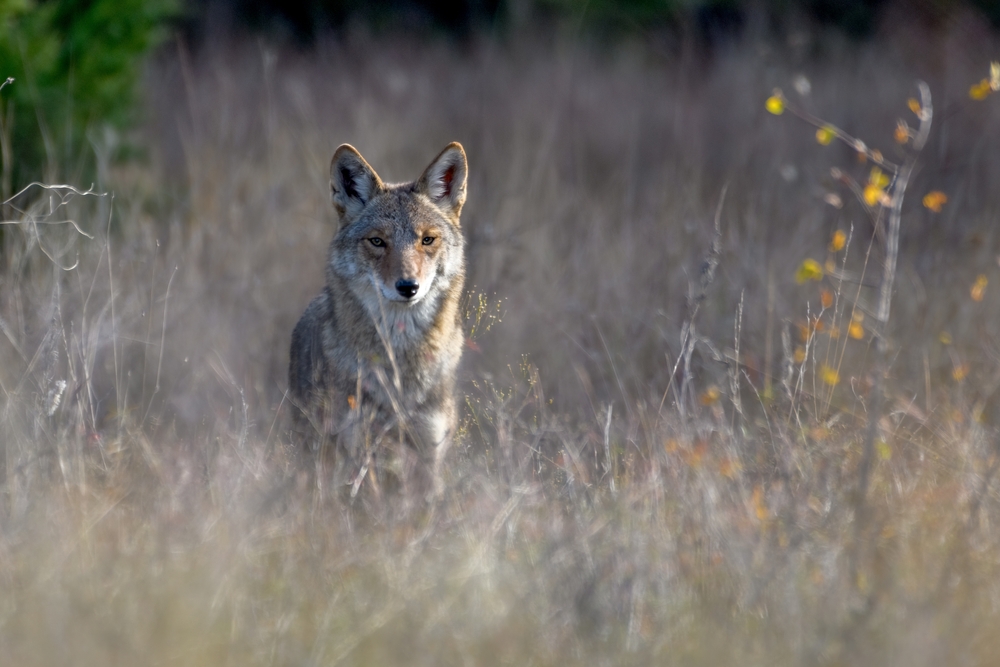
Coyotes, often underestimated, proved to be one of the most adaptable animals in the Wild West. Their ability to thrive in diverse environments, from deserts to urban areas, showcased their remarkable adaptability. Coyotes survived by being opportunistic, finding food and shelter in the most unlikely places.
Their iconic howl became a defining sound of the American wilderness, symbolizing both mystery and survival. Coyotes embodied the essence of the Wild West, proving that adaptability and cunning often outweigh sheer strength. Their story is a testament to the enduring spirit of survival in the face of change.
10. The Industrious Beavers
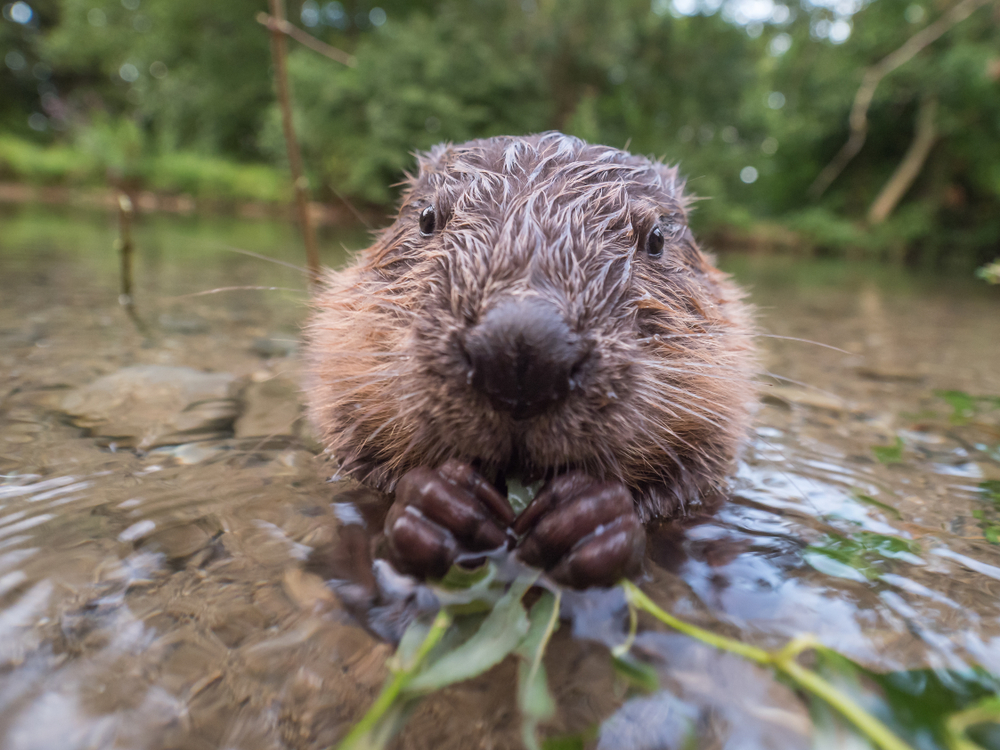
Beavers, nature’s engineers, shaped the landscapes of the Wild West with their industrious dam-building activities. These remarkable creatures transformed waterways and created habitats that supported a diverse range of wildlife. Their ability to modify their environment was crucial for their survival, particularly in the harsh climates of the West.
Despite challenges from human encroachment, beavers maintained their presence, continuing to play a vital role in the ecosystem. Their story is one of ingenuity and resilience, a reminder of the symbiotic relationship between animals and their habitats. Beavers exemplify the transformative power of nature in the Wild West.
11. The Flight of the Bald Eagles

Bald eagles, with their majestic wingspans, soared above the vast expanses of the American West. These birds of prey were symbols of strength and freedom, embodying the spirit of the nation. Their keen eyesight and powerful flight allowed them to hunt efficiently, securing their place at the top of the food chain.
Despite facing threats from habitat destruction, bald eagles made a remarkable comeback, showcasing nature’s resilience. Their story is one of survival and recovery, a testament to the enduring beauty of the Wild West. Bald eagles remind us of the importance of conservation efforts in preserving our natural heritage.
12. The Survival of the American Bison
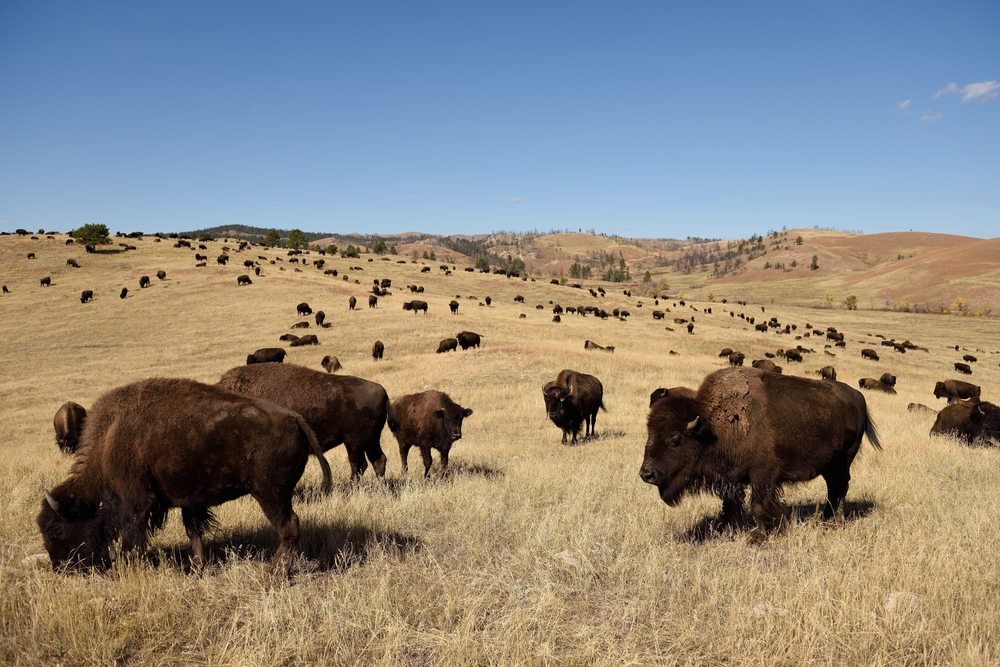
American bison, once roaming the plains in vast herds, faced near extinction during the 19th century. These iconic creatures symbolized the wild and untamed spirit of the West, their survival integral to the ecosystem. Despite the challenges posed by hunting and habitat loss, bison populations made a remarkable recovery.
Conservation efforts played a crucial role in their survival, ensuring that these majestic animals remained a part of the American landscape. The story of the bison is one of resilience and renewal, a symbol of the enduring strength of wildlife in the Wild West. Their presence continues to inspire awe and respect for nature’s perseverance.
13. The Return of the Gray Wolves
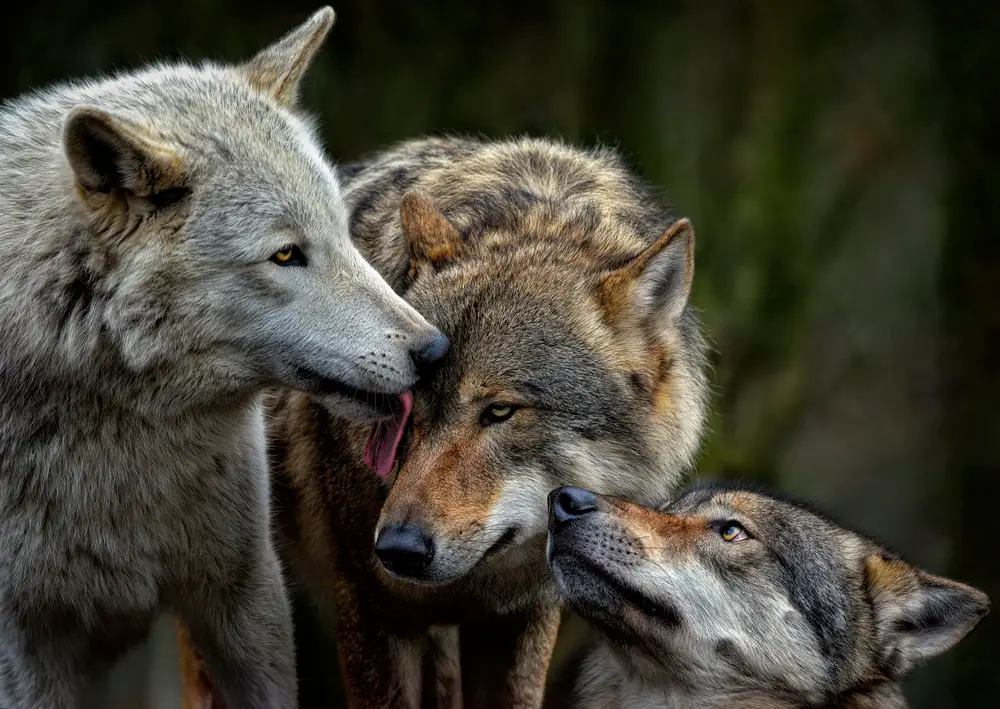
Gray wolves, once eradicated from much of the American West, have made a notable comeback in recent years. Their return to the wild represents a triumph for conservation efforts and the resilience of nature. Wolves play a crucial role in maintaining the balance of ecosystems, their presence vital for the health of the environment.
Despite challenges and controversies surrounding their reintroduction, gray wolves have proven to be adaptable and resilient. Their story is one of hope and recovery, a testament to the power of nature to heal and regenerate. The return of the gray wolves symbolizes the enduring spirit of the Wild West, a reminder of the interconnectedness of all life.
